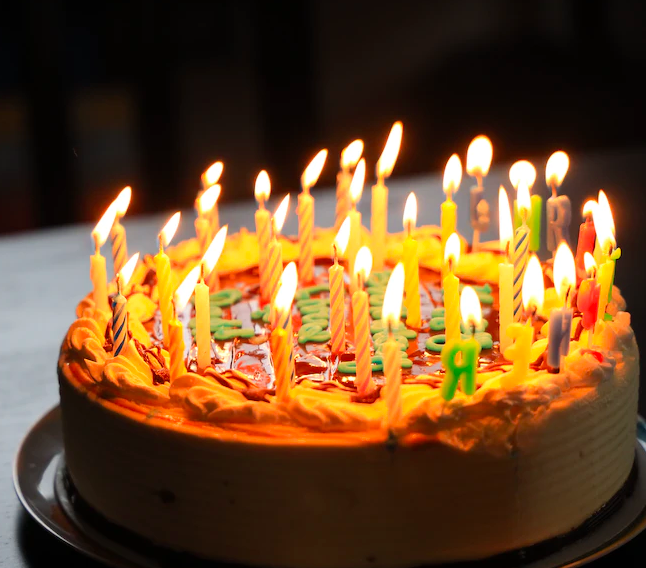
Chintu Ka Birthday (lit. Chintu’s Birthday) is a 2019 Hindi-language film which follows a family of illegal Indian immigrants in Iraq during the US invasion. The film takes place entirely within the family’s home on the day of Chintu’s sixth birthday, when American soldiers break into the house and conflict is evidently taking place outside. Chintu’s family tries to make his birthday special for him, nonetheless, and the film follows his experience as a child during the invasion, while drawing on other children’s experiences in their respective contexts in Iraq.
Chintu Ka Birthday does an excellent job of illustrating the relationship between children and peace, and how pockets of peace can exist within zones of conflict. Chintu and Waheed are two of the children featured within the film, and while Chintu is not directly involved with the conflict, he represents hope and resilience through retaining his enthusiasm for his birthday, despite having a clear understanding of the gravity of the situation. His family’s efforts to make the day special for him are also representative of their wish to preserve his innocence. Nonetheless, the film depicts children’s agency in subtle ways, such as Chintu going to hide the Jihadi CDs given to him by his friend Waheed. Both children are clearly aware of the conflict situation and have been engaging with the war, while building pockets of peace – or barriers against the conflict – for themselves.
The coincidence between Chintu’s birthday and the invasion of the family home, and the trivialities of finding a birthday cake for him, are some of the key ways in which the film juxtaposes conflict against peace and hope. The small scale of the movie set functions as a microcosm for war and peace on a broader scale too, but the intimate and personal nature of the film is critical to exhibiting the role of the individual in everyday peacebuilding. Thus, the way in which Chintu Ka Birthday highlights children’s agency, pockets of peace, and everyday peacebuilding makes it a valuable insight into visualizations of peace in cinema.
What do you think?
- Are pockets of peace often portrayed in war films? And would you describe Chintu Ka Birthday as a war film – or a peace film – or a film in some other genre?
- Do peace films exist? If so, what differentiates a war film from a peace film?
- How do pockets of peace in a narrative framed by conflict contribute to the narrative’s exploration and the audience’s understanding of war and peace?
- How can narratives of conflict depicted in films or other media be reframed and read as narratives of peace? And what difference would it make if we did this more often, paying more narrative attention to elements of peace and peace-building than to contexts of conflict?
If you liked this item in our museum…
You might also enjoy Religion, Resistance, and Indoctrination in Jojo Rabbit, Pockets of Peace in Ukraine, Could be Laugh: MASH, Film and Artivism and String Theory.